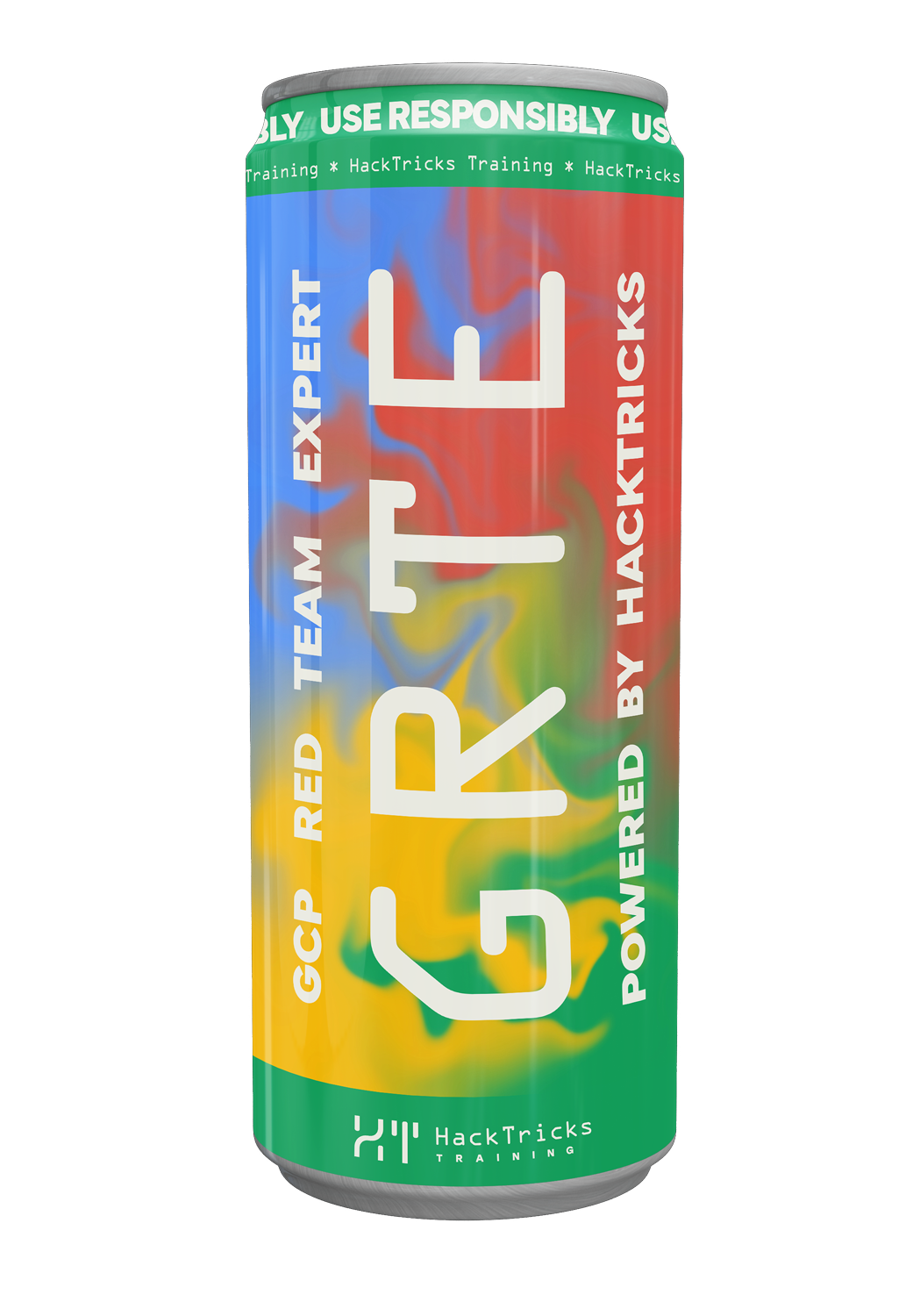tip
Learn & practice AWS Hacking: HackTricks Training AWS Red Team Expert (ARTE)
HackTricks Training AWS Red Team Expert (ARTE)
Learn & practice GCP Hacking:  HackTricks Training GCP Red Team Expert (GRTE)
HackTricks Training GCP Red Team Expert (GRTE)
Support HackTricks
- Check the subscription plans!
- Join the 💬 Discord group or the telegram group or follow us on Twitter 🐦 @hacktricks_live.
- Share hacking tricks by submitting PRs to the HackTricks and HackTricks Cloud github repos.
React Native Application Analysis
To confirm if the application was built on the React Native framework, follow these steps:
-
Rename the APK file with a zip extension and extract it to a new folder using the command
cp com.example.apk example-apk.zipandunzip -qq example-apk.zip -d ReactNative. -
Navigate to the newly created ReactNative folder and locate the assets folder. Inside this folder, you should find the file
index.android.bundle, which contains the React JavaScript in a minified format. -
Use the command
find . -print | grep -i ".bundle$"to search for the JavaScript file.
Javascript Code
If checking the contents of the index.android.bundle you find the JavaScript code of the application (even if minified), you can analyze it to find sensitive information and vulnerabilities.
As the bundle contains actually all the JS code of the application it's possible to divide it in different files (potentially making easier its reverse engineering) using the tool react-native-decompiler.
Webpack
To further analyze the JavaScript code, you can upload the file to https://spaceraccoon.github.io/webpack-exploder/ or follow these steps:
- Create a file named
index.htmlin the same directory with the following code:
<script src="./index.android.bundle"></script>
-
Open the
index.htmlfile in Google Chrome. -
Open the Developer Toolbar by pressing Command+Option+J for OS X or Control+Shift+J for Windows.
-
Click on "Sources" in the Developer Toolbar. You should see a JavaScript file that is split into folders and files, making up the main bundle.
If you find a file called index.android.bundle.map, you will be able to analyze the source code in an unminified format. Map files contain source mapping, which allows you to map minified identifiers.
To search for sensitive credentials and endpoints, follow these steps:
-
Identify sensitive keywords to analyze the JavaScript code. React Native applications often use third-party services like Firebase, AWS S3 service endpoints, private keys, etc.
-
In this specific case, the application was observed to be using the Dialogflow service. Search for a pattern related to its configuration.
-
It was fortunate that sensitive hard-coded credentials were found in the JavaScript code during the recon process.
Change JS code and rebuild
In this case changing the code is easy. You just need to rename the app to use the extension .zip and extract it. Then you can modify the JS code inside this bundle and rebuild the app. This should be enough to allow you to inject code in the app for testing purpses.
## Hermes bytecode
If the bundle contains Hermes bytecode, you won't be able to access the Javascript code of the app (not even to the minified version).
You can check if the bundle contains Hermes bytecode by running the following command:
file index.android.bundle
index.android.bundle: Hermes JavaScript bytecode, version 96
However, you can use the tools hbctool, hermes-dec or hermes_rs to disassemble the bytecode and also to decompile it to some pseudo JS code. To do this, for example these commands:
hbc-disassembler ./index.android.bundle /tmp/my_output_file.hasm
hbc-decompiler ./index.android.bundle /tmp/my_output_file.js
Change code and rebuild
Ideally you should be able to modify the dissasembled code (changing a comparison, or a value or whatever you need to modify) and then rebuild the bytecode and then rebuild the app.
The tool hbctool supports dissasembling the bundle and building it back after the changes have been performed, however it only supports old versions of Hermes bytecode.
The tool hermes-dec doesn't support rebuilding the bytecode.
The tool hermes_rs supports rebuilding the bytecode, but it's actually a library and nto a CLI tool.
Dyanmic Analysis
You could try to dynamically analyze the app would be to use Frida to enable the developer mode of the React app and use react-native-debugger to attach to it. However, for this you need the source code of the app apparently. You can find more info about this in https://newsroom.bedefended.com/hooking-react-native-applications-with-frida/.
References
- https://medium.com/bugbountywriteup/lets-know-how-i-have-explored-the-buried-secrets-in-react-native-application-6236728198f7
- https://www.assetnote.io/resources/research/expanding-the-attack-surface-react-native-android-applications
- https://payatu.com/wp-content/uploads/2023/02/Mastering-React-Native-Application-Pentesting-A-Practical-Guide-2.pdf
tip
Learn & practice AWS Hacking: HackTricks Training AWS Red Team Expert (ARTE)
HackTricks Training AWS Red Team Expert (ARTE)
Learn & practice GCP Hacking:  HackTricks Training GCP Red Team Expert (GRTE)
HackTricks Training GCP Red Team Expert (GRTE)
Support HackTricks
- Check the subscription plans!
- Join the 💬 Discord group or the telegram group or follow us on Twitter 🐦 @hacktricks_live.
- Share hacking tricks by submitting PRs to the HackTricks and HackTricks Cloud github repos.
 HackTricks
HackTricks